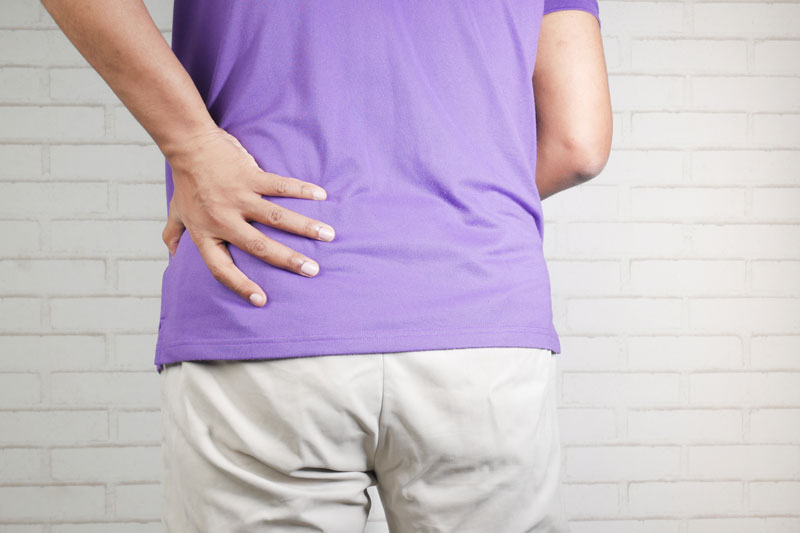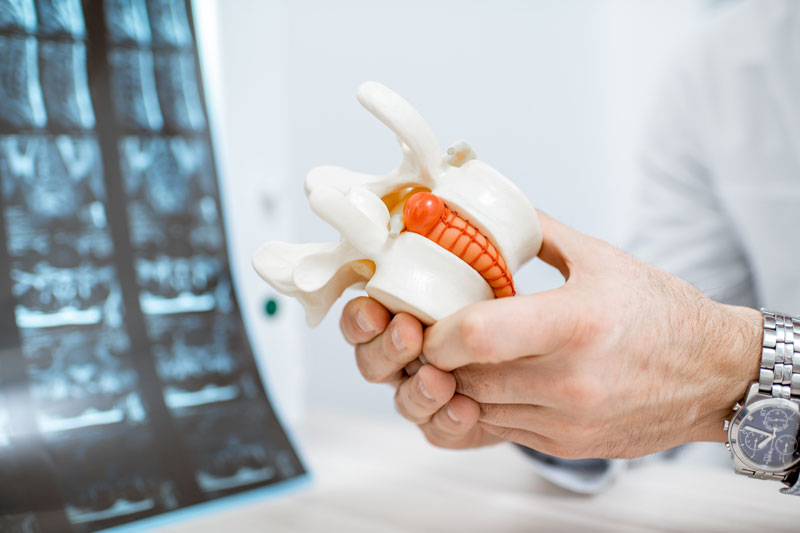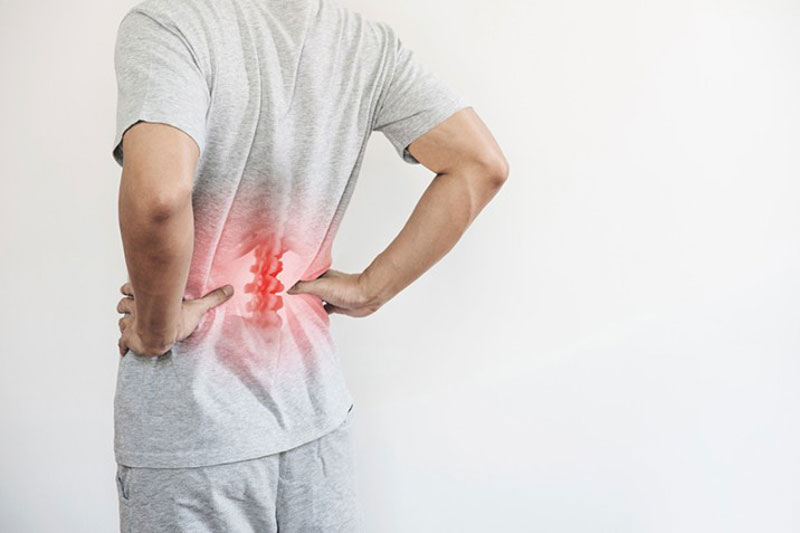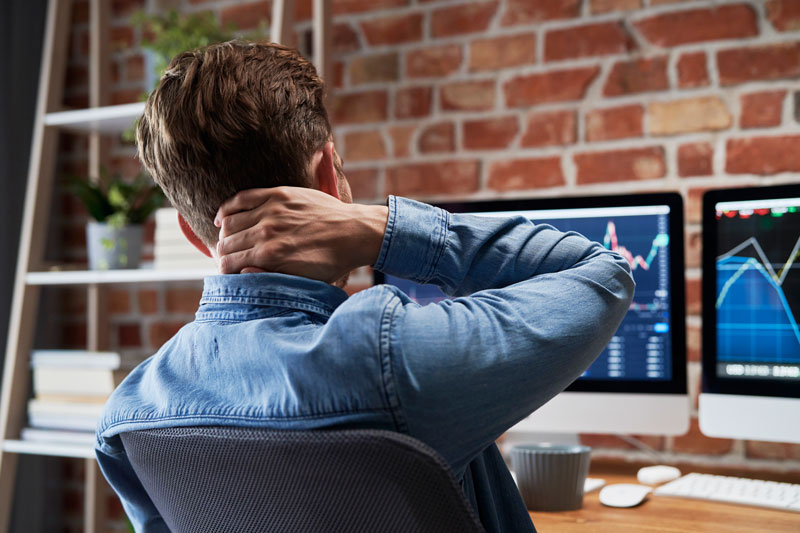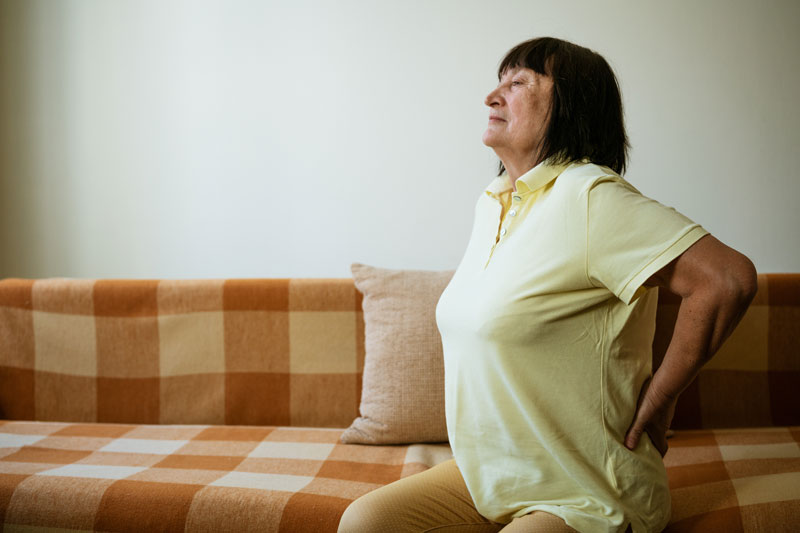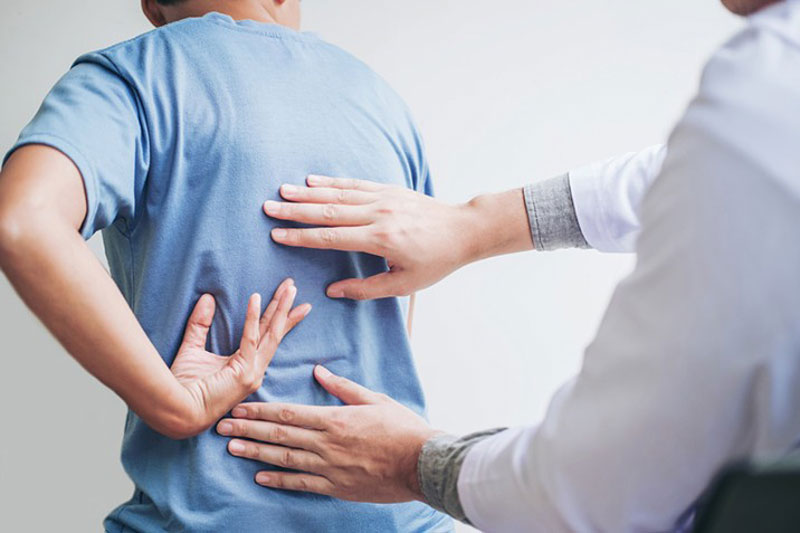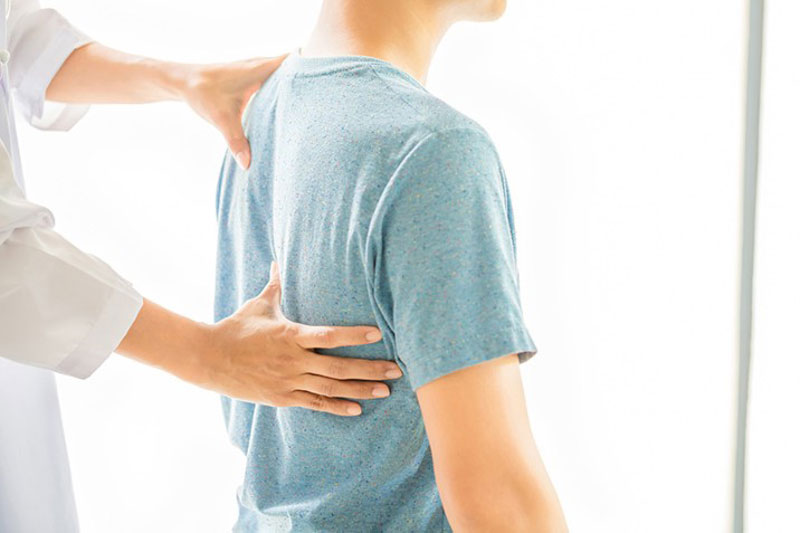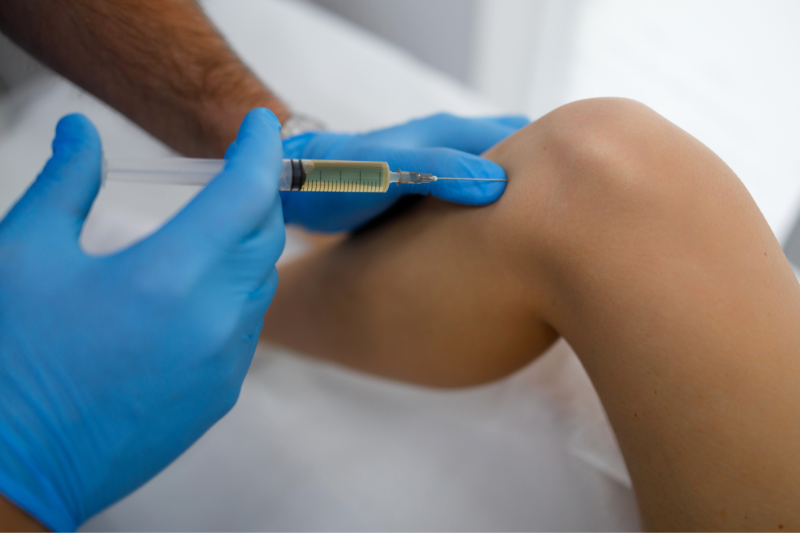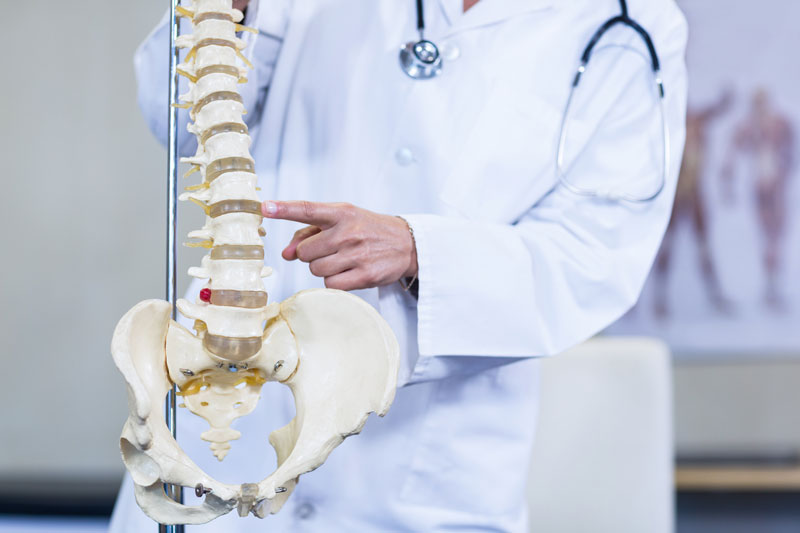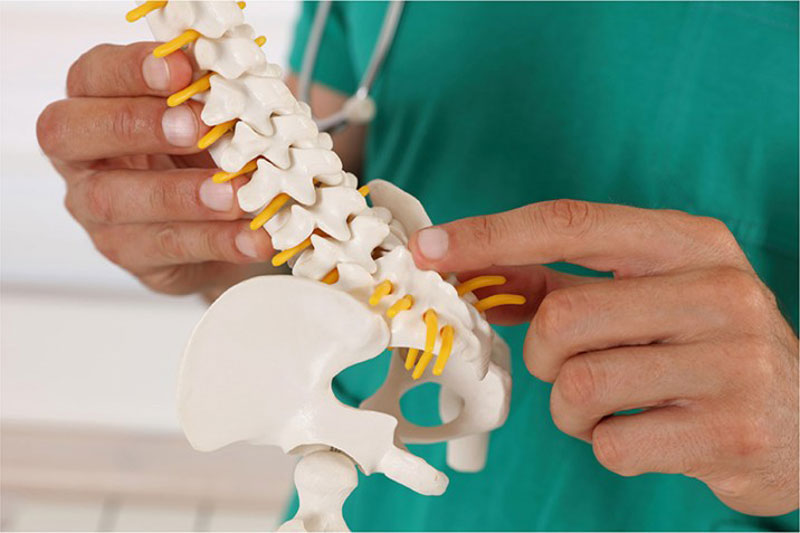What Causes Spinal Stenosis?
The bones of your spine form a spinal canal that protects your spinal cord. Some people have a small spinal canal since birth. However, the majority of cases of spinal stenosis are caused by other factors. These include:
Bone Enlargement:
Wear and tear on your spinal bones caused by osteoarthritis might result in bone spurs that can grow into the spinal canal.
Paget’s Disease:
It is a bone condition that typically affects adults, and can also result in bone overgrowth in the spine.
Disc Herniation:
With time, the delicate cushions that act as shock absorbers between your vertebrae dry out. Cracks in the outer layer of a disc can allow some soft inner material to escape and press on the spinal cord or nerves.
Ligaments Thickening:
The sturdy fibers that help hold your spine’s bones together might stiffen and grow thicker over time. These enlarged ligaments have the potential to protrude into the spinal canal.
Tumors:
Abnormal growths can arise within the spinal cord, the membranes that cover it, or the space between the spinal cord and the vertebrae. These are not common and can be seen on MRI or CT scans.
Spinal Cord Injuries:
Car accidents or other injuries can result in vertebral dislocations or fractures. Dislodged bone from a fractured spine may injure the contents of the spinal canal. Swelling of adjacent tissue following back surgery can also put a strain on the spinal cord or nerves.
How is Spinal Stenosis Diagnosed?
Your doctor may ask you about signs and symptoms, discuss your medical history, and perform a physical examination to diagnose spinal stenosis. He may arrange several imaging tests to determine the cause of your signs and symptoms.
Imaging Tests:
X-Rays:
An X-ray of your back can indicate bony alterations such as bone spurs which limit the space within the spinal canal. Each X-ray involves a minor amount of radiation exposure.
Magnetic Resonance Imaging (MRI):
An MRI creates cross-sectional images of your spine using a strong magnet and radio waves. The test can detect disc and ligament damage and the presence of malignancies. Most importantly, it shows where the spinal cord nerves are being pressed.
CT Myelogram:
If an MRI is not an option, your doctor may recommend computed tomography (CT), which combines X-ray pictures collected from various angles to produce detailed, cross-sectional images of your body.
Treatment Options for Spinal Stenosis
Treatment options include the followings:
1. Exercise:
Exercise can cure and prevent spinal stenosis. Rest may be advised during the acute phase, although spinal stenosis exercises can provide significant pain relief.
2. Medications:
NSAIDs (ibuprofen and naproxen sodium), membrane stabilizers, and other analgesics are helpful for pain caused by spinal stenosis. Opioids are not advised for the treatment of spinal stenosis pain.
3. Steroid Epidural Injections:
This method includes injecting a drug into the epidural space containing inflamed nerve roots. This injection contains a long-lasting steroid and a local anesthetic (e.g., lidocaine or bupivacaine). The steroid decreases inflammation and irritation, while the anesthetic blocks pain transmission long enough for the steroid to take effect.
4. Percutaneous Adhesiolysis:
Adhesiolysis, commonly known as the Racz treatment, is a technique that eliminates extra scar tissue from the epidural space. Scar tissue occurs as a result of inflammation, irritation, and, in some cases, surgery, and it can aggravate the pain of spinal stenosis.
A needle is put into the caudal epidural space (by the tailbone), and a catheter is pushed into the epidural space under fluoroscopy guidance. Corticosteroids, local anesthetic, and hypertonic saline are administered to help break the adhesions (scar tissue).
5. Spinal Cord Stimulation:
Spinal cord stimulation can also treat spinal stenosis. A 69 percent improvement rate in pain, a decrease in medication use, and good quality of life were reported in a study of persons with severe spinal stenosis who received spinal cord stimulation. By confounding the spinal cord and brain pain processing areas, an electrical device placed in the lumbar spine reduces your sense of pain.
Initially, your doctor will use a trial stimulator to determine whether this device will aid you in the long run. They will insert a short electrical lead into the epidural area, and if the device is successful, a little tingling sensation will replace your pain sensations. If your trial is successful, you may decide to have a permanent SCS device.
6. Complementary Alternative Medicine:
Complementary therapy with established treatments can help reduce pain and stress. A massive meta-analysis of research involving 18,000 patients published in 2012 discovered that acupuncture reduced pain in the majority of patients in a statistically meaningful way.
Controlling stress through breathing and meditation are two other holistic spinal stenosis remedies. While these therapies will not correct the structural problem in your back, they will help you deal with any symptoms that arise while you get other treatments.
7. Surgery:
Most doctors agree that conservative therapy for spinal stenosis is essential. When all conservative methods fail and the symptoms persist, you may need intrusive surgical procedure. It includes laminectomy or foraminotomy to relieve pressure on the spinal cord and associated nerves.

